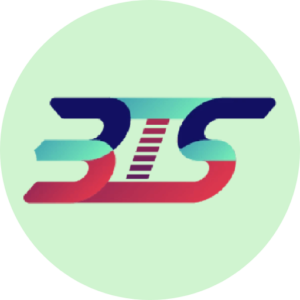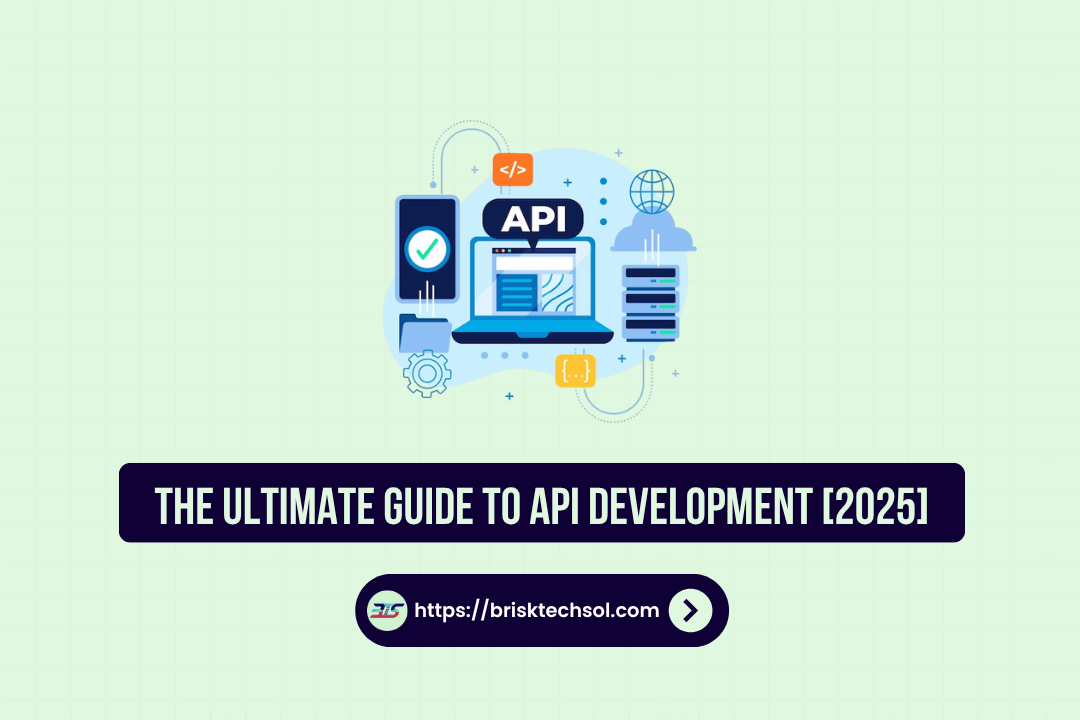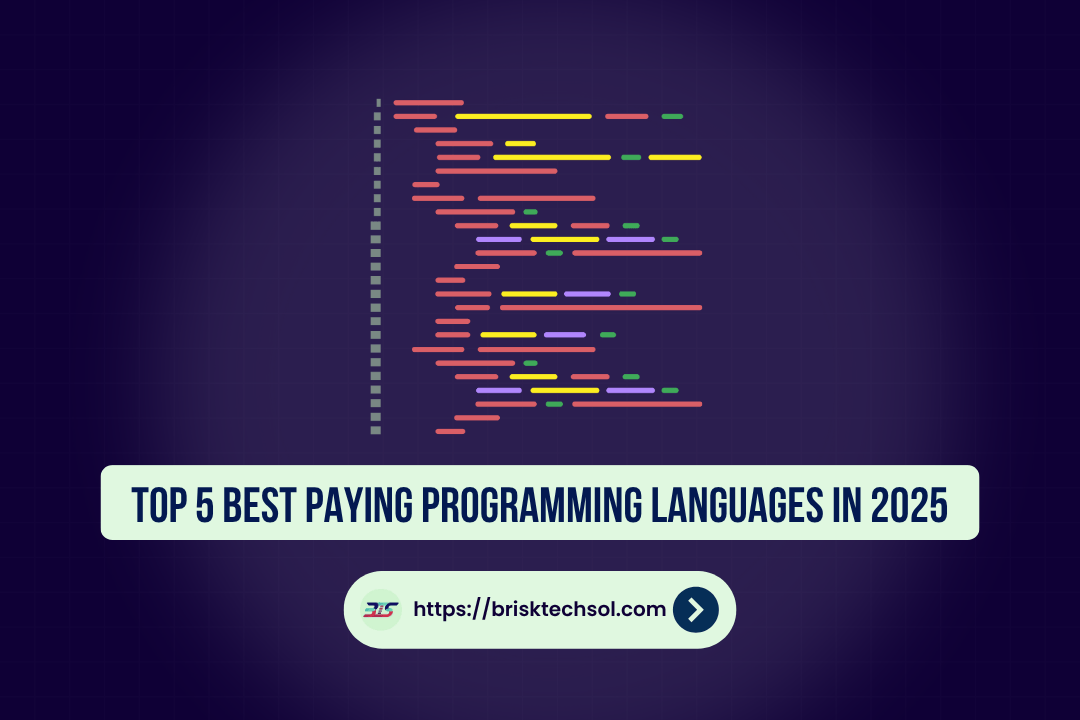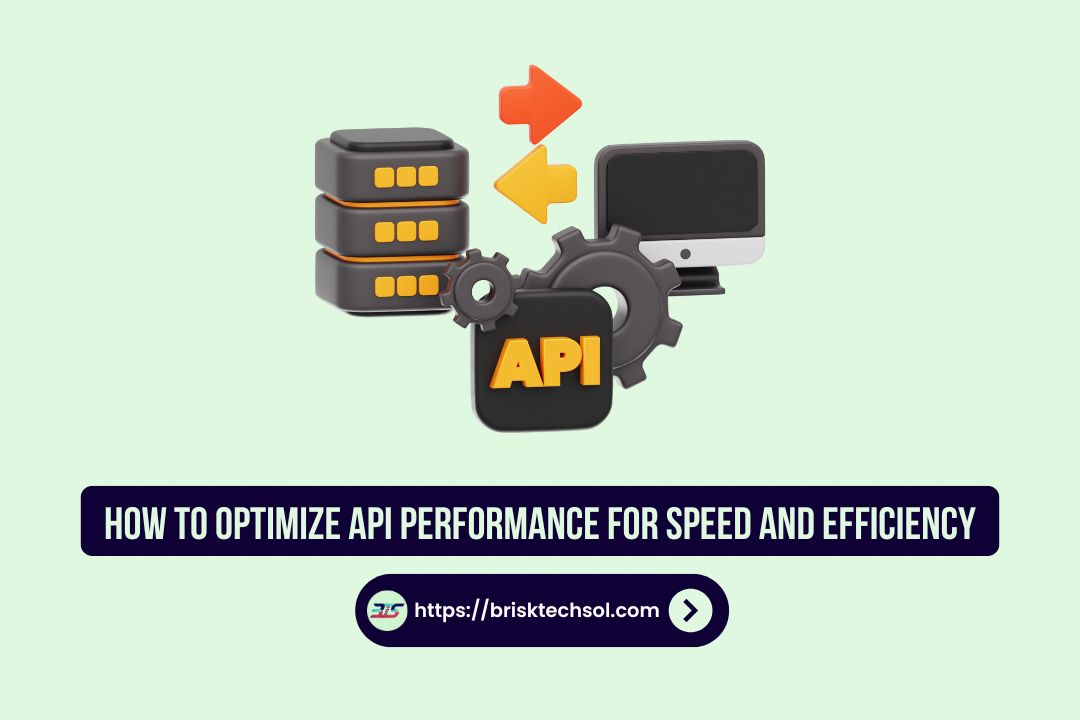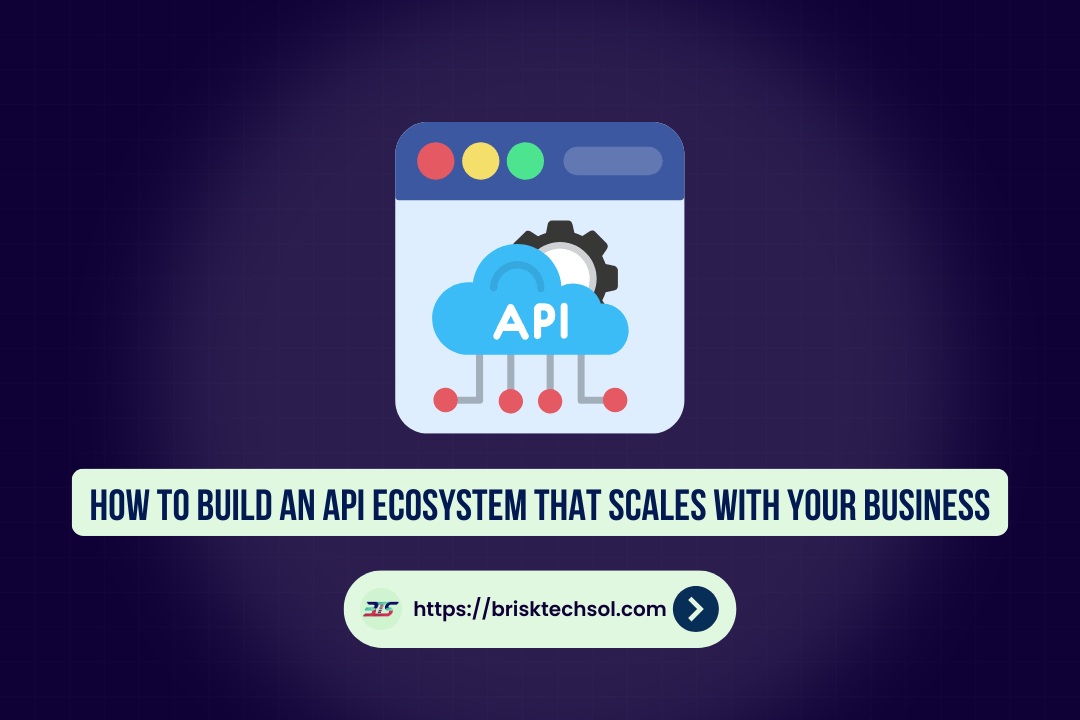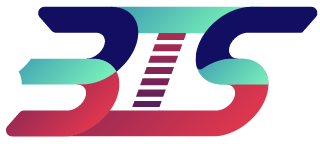Now a days in tech world, choosing the right programming language for web development can be a game-changer. This article provides an in-depth comparison of Python and Java, examining their frameworks, performance, and community support. Whether you’re a startup or an enterprise, our guide will help you decide which language best meets your project needs.
Overview of Python for Web Development
Python has become synonymous with simplicity and efficiency in web development. Originating in the late 1980s, Python’s evolution into a preferred language for rapid prototyping and iterative development is well documented. The language’s syntax is clear and concise, allowing developers to write code that is easy to read and maintain. Over the years, Python has evolved from a general-purpose scripting language into one with an extensive ecosystem dedicated to web development.
One of Python’s greatest assets is its diverse range of web frameworks. Django stands out as a “batteries-included” framework, offering an all-in-one solution that covers everything from ORM to authentication. Its comprehensive approach allows for quick setup and robust security measures, making it ideal for large-scale applications. Alternatively, Flask is a micro framework that provides flexibility and simplicity. Flask is lightweight, enabling developers to design applications from scratch with minimal overhead, which is particularly advantageous for startups and smaller projects.
Key Advantages:
• Simplicity: Python’s readable syntax allows developers to focus on problem-solving rather than boilerplate code.
• Rapid Prototyping: Fast development cycles enable businesses to bring products to market quicker.
• Vibrant Ecosystem: A vast collection of libraries and modules accelerates the development process.
Quick Table: Python Web Frameworks
| Framework | Key Feature | Ideal For |
|---|---|---|
| Django | Full-stack solution | Large-scale applications |
| Flask | Lightweight, flexible | Small to medium projects |
| Pyramid | Balance of simplicity | Customizable development |
Python’s community is another pillar of its success. The language boasts an active and supportive network of developers, comprehensive documentation, and numerous tutorials, making it an ideal choice for beginners and experts alike. In summary, Python’s robust framework ecosystem, coupled with its ease of learning and community support, makes it a strong contender in the web development arena.
Overview of Java for Web Development
Java has long been recognized as a stalwart in enterprise-level web development. Developed in the mid-1990s, Java quickly found favor among large organizations due to its robustness, scalability, and security features. Its “write once, run anywhere” philosophy, powered by the Java Virtual Machine (JVM), enables developers to build applications that can operate across different platforms without extensive modification.
Java’s web development capabilities are driven by a suite of powerful frameworks. Spring, in particular, has emerged as a dominant force in enterprise application development. The Spring framework simplifies the process of building complex, secure web applications through its dependency injection and aspect-oriented programming features. Its comprehensive ecosystem including Spring Boot, Spring Cloud, and Spring Security—enables rapid development while maintaining high performance and reliability.
Key Advantages:
• Strong Performance: Java’s compiled nature and efficient garbage collection contribute to its ability to handle high-load scenarios.
• Enterprise Adoption: With decades of use in large corporations, Java’s frameworks are battle-tested and widely supported.
• Strong Security: Built-in security features and mature libraries enhance its suitability for sensitive applications.
Despite these advantages, Java’s complexity can be challenging for newcomers. The language’s verbosity and strict object-oriented nature often result in longer codebases. However, this same complexity ensures a high level of control and performance optimization for large-scale applications. Enterprise surveys have noted that Java remains the go-to choice for mission-critical systems, particularly in sectors like finance, healthcare, and government.
Quick Table: Java Web Frameworks
| Framework | Key Feature | Ideal For |
|---|---|---|
| Spring | Comprehensive ecosystem | Enterprise-level applications |
| Struts | MVC architecture | Legacy system modernization |
| JSF | Simplified UI development | Complex, data-driven websites |
The strong ecosystem surrounding Java is bolstered by an extensive community of developers and robust third-party support. This infrastructure ensures that even as web development trends evolve, Java remains a relevant and competitive option. Its performance benchmarks, extensive libraries, and decades-long track record in secure, scalable web development continue to attract businesses that require high reliability and stability.
Comparative Analysis – Python vs Java
When comparing Python and Java for web development, several critical factors come to the forefront. This section examines performance, development speed, framework ecosystems, community support, cost implications, and future trends. The following comparative analysis is intended to help developers, project managers, and business stakeholders make an informed choice.
Performance & Scalability:
Java is renowned for its high performance in multi-threaded, high-load environments due to its compiled nature and robust memory management via the JVM. In contrast, Python, being an interpreted language, offers rapid development but may fall short in raw execution speed when processing extremely high volumes of transactions. Benchmark studies have shown that Java’s response times are typically lower under heavy server load, making it a preferred choice for large-scale, enterprise applications.
Development Speed & Maintainability:
Python’s simple syntax and dynamic typing facilitate a faster development cycle. Developers can write and iterate code quickly, which is crucial in startup environments or when prototyping ideas. However, this flexibility sometimes comes at the cost of runtime errors that are caught later in the cycle. Java, with its strict type-checking and object-oriented principles, often requires more boilerplate code, which can slow down initial development but may lead to more stable long-term maintenance.
Frameworks & Libraries:
Both languages boast powerful frameworks, yet they cater to different needs. Python’s Django offers an “all-in-one” solution with built-in admin interfaces, authentication systems, and ORM support. Flask provides a minimalistic approach, allowing more customized solutions. Java’s Spring framework, on the other hand, provides a highly modular approach to building robust applications, emphasizing dependency injection and aspect-oriented programming. A side-by-side framework comparison reveals that while Python frameworks prioritize rapid development, Java frameworks emphasize scalability and security.
Community & Ecosystem:
The Python community is known for its inclusivity and rapid growth. Open-source contributions, extensive documentation, and a wealth of online tutorials make it easier for new developers to learn. In contrast, Java’s long-standing presence in the enterprise market has fostered a mature ecosystem with a wide range of third-party tools, integrations, and legacy support. Developer surveys indicate that while both communities are active, Java’s community is more focused on enterprise-level challenges, whereas Python’s community covers a broader spectrum from web development to data science and machine learning.
Cost & Learning Curve:
From a cost perspective, Python’s rapid prototyping capabilities can translate into reduced development time and lower initial costs. However, for projects that demand high performance and security over time, Java’s robust features may justify the higher upfront investment. Additionally, Python is often recommended for beginners due to its simplicity, while Java’s steeper learning curve is offset by its long-term benefits in maintaining large, complex systems.
A quick comparative matrix might look like this:
| Aspect | Python | Java |
|---|---|---|
| Syntax | Concise, dynamic | Verbose, strictly object-oriented |
| Performance | Faster for development, slower in heavy loads | Optimized for high-load, low latency |
| Frameworks | Django, Flask, Pyramid | Spring, Struts, JSF |
| Community | Rapidly growing, diverse | Mature, enterprise-focused |
| Cost & Learning | Lower initial cost, easier for beginners | Higher initial investment, long-term stability |
In summary, the choice between Python and Java for web development is largely dependent on project requirements. Python is ideal for projects that require rapid prototyping, simplicity, and integration with data-intensive applications. Java, meanwhile, excels in environments where performance, scalability, and enterprise-level security are paramount. For startups aiming to iterate quickly and test concepts, Python might be the better option, while large enterprises and mission-critical systems may benefit more from Java’s mature ecosystem and performance optimizations.
Ultimately, both languages offer unique advantages and are supported by thriving communities. Decision-makers should weigh factors such as project scale, developer expertise, and long-term maintenance needs when selecting the right tool for web development.
Key Takeaways:
- Ease of Use & Learning Curve
- Python is beginner-friendly with simpler syntax, while Java has a steeper learning curve due to its verbose and strict syntax.
- Performance & Speed
- Java is generally faster than Python due to its compiled nature, whereas Python’s interpreted execution can slow down performance.
- Web Development Frameworks
- Python: Django and Flask offer rapid development and flexibility.
- Java: Spring Boot and Jakarta EE provide robust, enterprise-level solutions.
- Scalability & Performance
- Java is preferred for large-scale applications due to its strong concurrency support.
- Python scales well but may face performance bottlenecks in CPU-intensive tasks.
- Community Support & Ecosystem
- Both languages have extensive communities, libraries, and third-party tools for web development.
- Security Considerations
- Java has built-in security features suitable for enterprise applications.
- Python is secure but requires additional tools for high-security applications.
- Industry Use Cases
- Python: Best for startups, AI/ML integration, and quick deployment.
- Java: Dominates large-scale enterprise applications and fintech sectors.
FAQ’S
What are the primary differences between Python and Java for web development?
Python emphasizes simplicity and rapid prototyping with frameworks like Django and Flask, whereas Java offers strong performance and security through frameworks like Spring. The choice hinges on project scale and long-term maintenance needs.
Is Python more suitable for beginners than Java?
Yes, Python’s clear, concise syntax makes it easier for newcomers. Its community and resources also provide ample support for learning web development basics.
How does performance compare between Python and Java?
Java typically outperforms Python in high-load environments due to its compiled nature, while Python excels in rapid development and ease of iteration for smaller projects.
Which frameworks should I consider when choosing between these languages?
Python’s popular frameworks include Django, Flask, and Pyramid, whereas Java’s top frameworks are Spring, Struts, and JSF. Each has its strengths depending on the application’s complexity.
What does the future hold for these languages in web development?
Both languages are evolving—Python with strong integrations in AI and data science, and Java with improvements in cloud-native and microservices architectures—ensuring each remains relevant for diverse web development needs.

